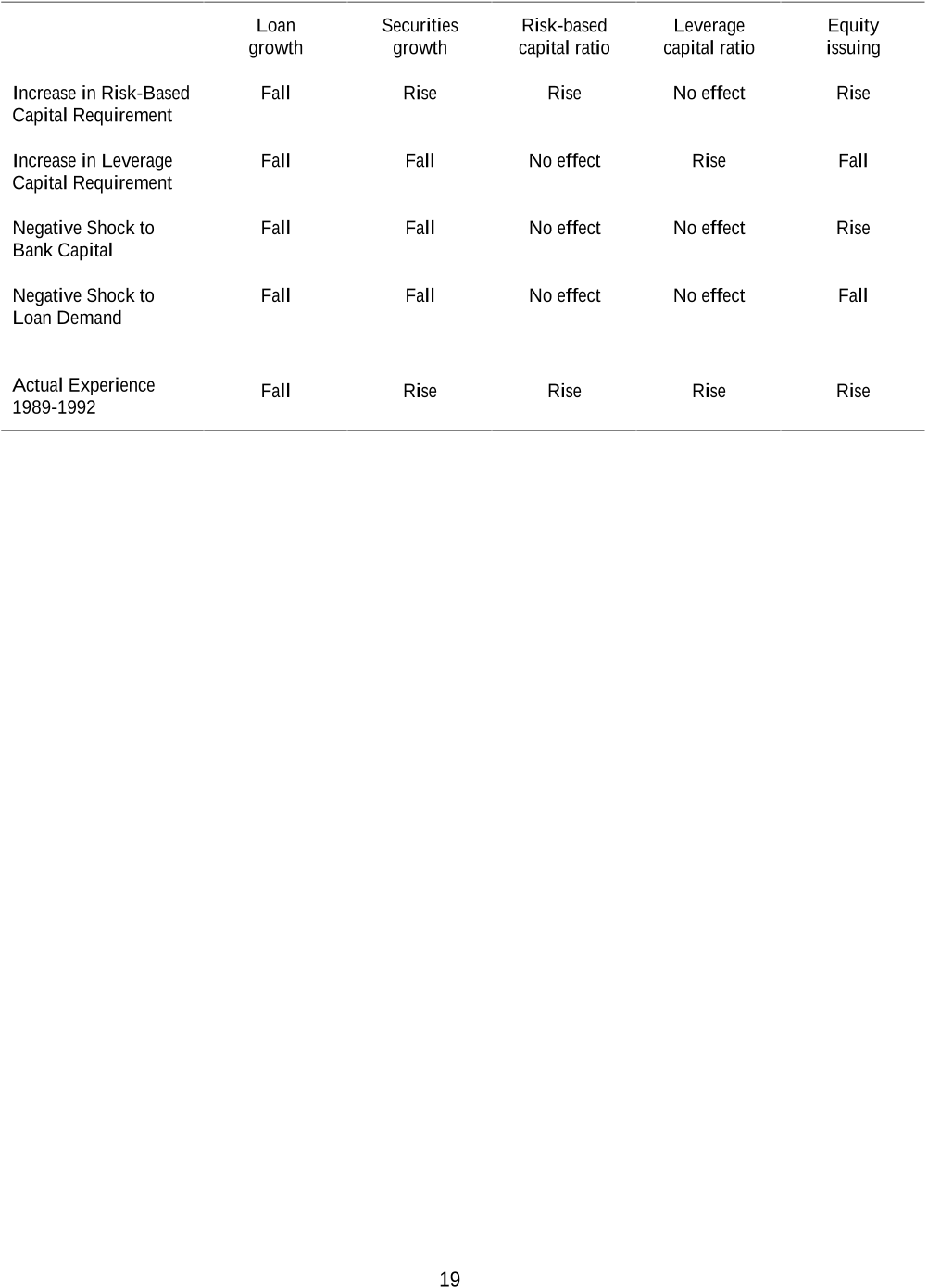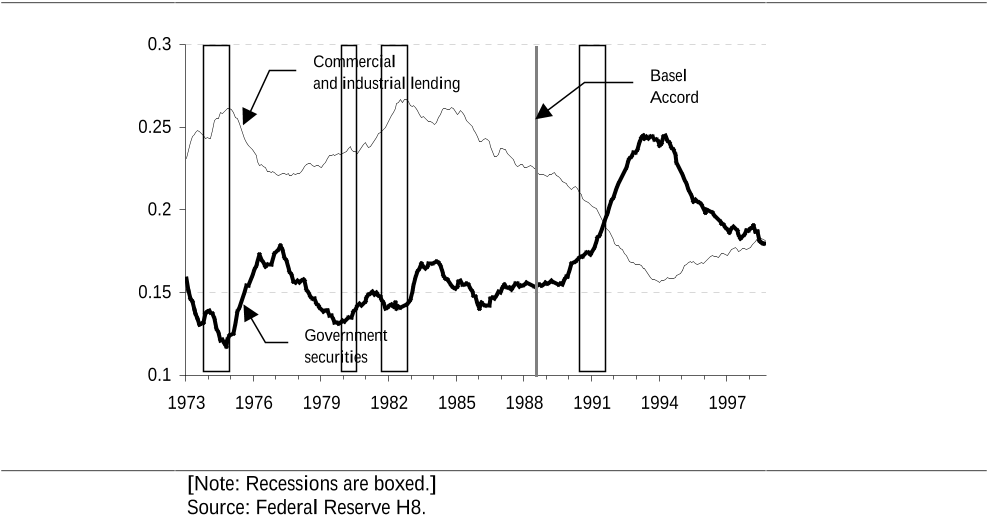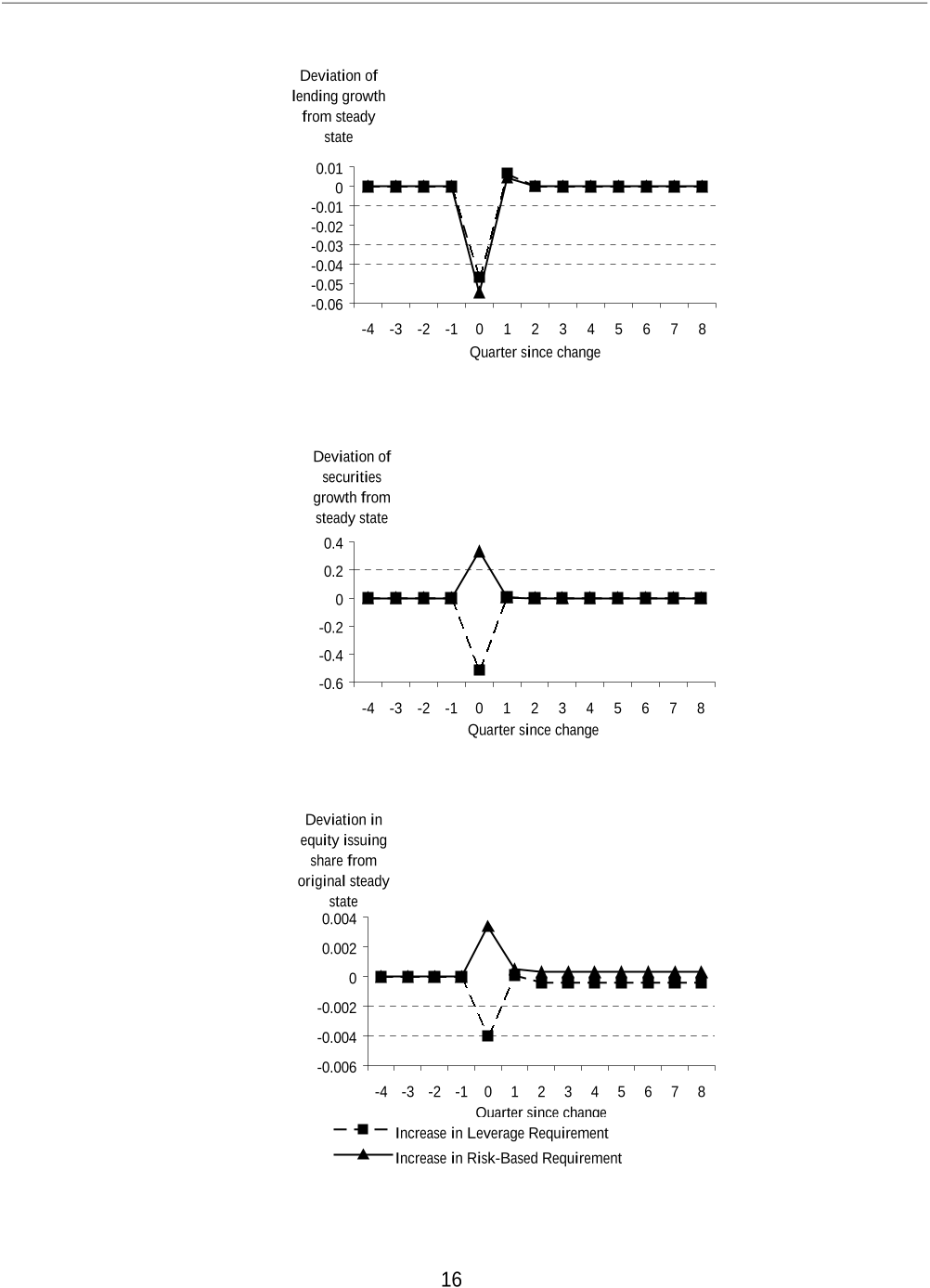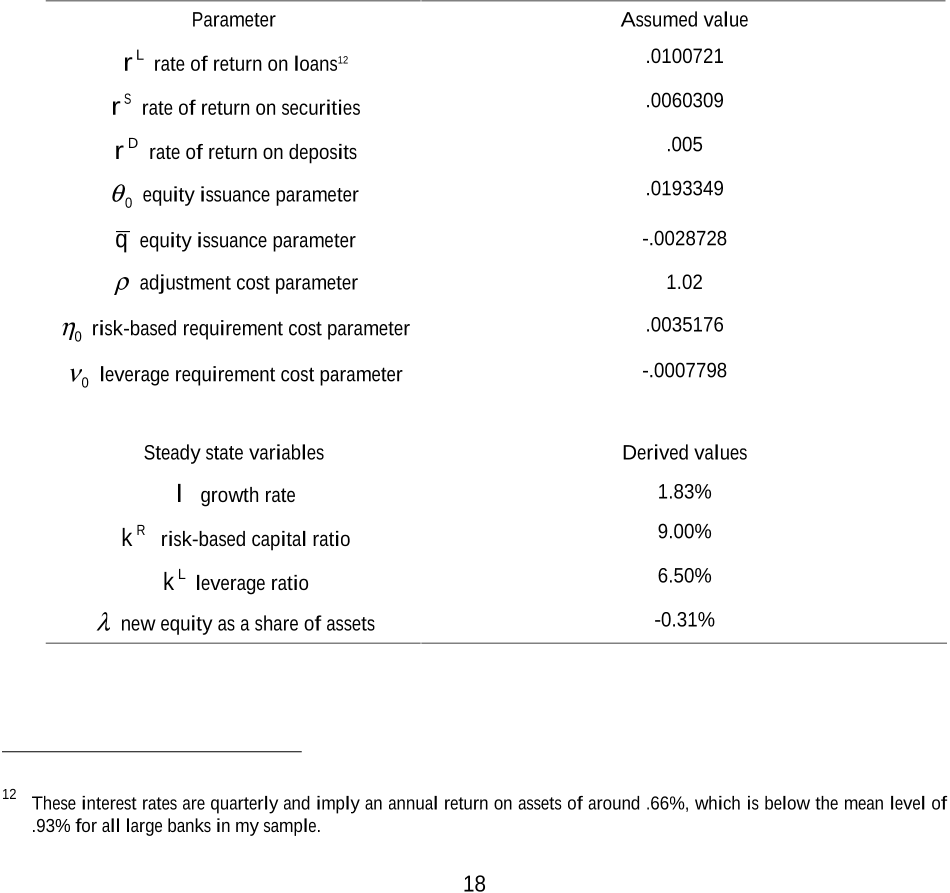




Did you find this useful? Give us your feedback












...[19] Furfine, C....
[...]
...The Influence of NPL to Capital Buffer The theory predicts non performing loan (NPL) should be positive in determining capital buffer since higher risks increase the probability of meeting regulatory capital constraints and facing the related costs such as market discipline and supervisory intervention (Furfine, 2000; Estrella, 2004)....
[...]
...It’s occur since higher risks will increase the probability of meeting regulatory capital constraints and facing the related costs such as market discipline and supervisory intervention (Furfine, 2000; Estrella, 2004)....
[...]
...6 since higher risks increase the probability of meeting regulatory capital constraints and facing the related costs such as market discipline and supervisory intervention (Furfine, 2000; Estrella, 2004)....
[...]
...Therefore, Furfine (2001) mentions that banks may hold capital buffers as insurance to avoid cost about market discipline and supervisory intervention if they approach or fall below the regulatory minimum capital ratio....
[...]
18,117 citations
7,982 citations
5,822 citations
2,064 citations
[...]
1,446 citations
11 These results do not preclude the possibility that changing loan demand influenced bank portfolios, but only preclude that a decline in loan demand alone can explain all of the actual portfolio adjustments.